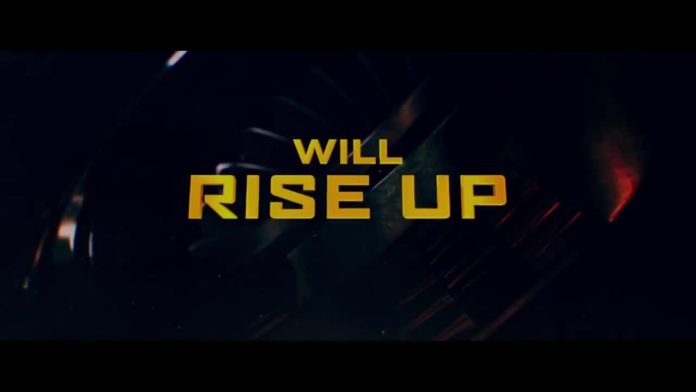
Pacific Rim is a cult-hit piece of geek cinema now, but the film was not without its fair share of criticism when released; for many viewers, the deep mythos and slow-burn character development were distractions from the ‘giant robots vs. giant monsters’ action they came to see. Well, if Pacific Rim: Uprising is any indication, the powers at Legendary heard fan criticisms, and tried craft a sequel around those notes. The result is a film that does exactly what was called for – for better or worse: it ups the robot vs. monster action, and downplays the investment on story and mythos.
Uprising is set ten years after “The Battle of the Breach,” in which PPDC heroes Stacker Pentecost (Idris Elba), Raleigh Becket (Charlie Hunnam), and Mako Mori (Rinko Kikuchi) sealed the breach between worlds, and delivered a glancing final blow to the Kaiju leaders. Since that time, the world has grown lax in its vigilance, assuming that the Kaiju threat is over. Certain sectors of the population live in “Relief Zones” (i.e., areas where Kaiju cleanup was never done), and it’s a chaotic world where Jake Pentecost (John Boyega) thrives. But when Jake’s fast hustle lifestyle sends him crashing into amateur Jaeger builder / street kid Amara Namani (Cailee Spaeny), the two end up getting busted by the PPDC, and are given a choice by Jake’s “sister” Mako: enlist as Jaeger pilots, or end up behind bars. For Amara, it’s a dream come true; for Jake, it’s a return to a lot of burned bridges, and the shadow of Stacker Pentecost. Jakes assumes his new tour of duty will be boring and pointless – but when a rogue Jaeger suddenly shows up and starts attacking PPDC targets, it reveals new truths about the Kaiju war – and threatens to start it all over again.
Pacific Rim: Uprising is the directorial debut of Steven S. DeKnight, who is best known for creating Starz’ Spartacus franchise, and being involved with the planned Transformers cinematic universe. As a fledgling director, Knight impresses with his visual concepts and action prowess. Pacific Rim 2 is more visually captivating than the first film in a lot of ways, as we get more Jaeger battles in broad daylight and from more traditional angles – as opposed to the shaky cam “vérité” grit approach of Del Toro. While Knight’s directorial style is generally safe and fairly standard in its approach, it’s also competent enough to tell an interesting visual story, if only on a B-movie level. The influence of the anime genre is much more prominent in the sequel’s aesthetic, which will be a live-action novelty for fans of that genre.
The money invested…










